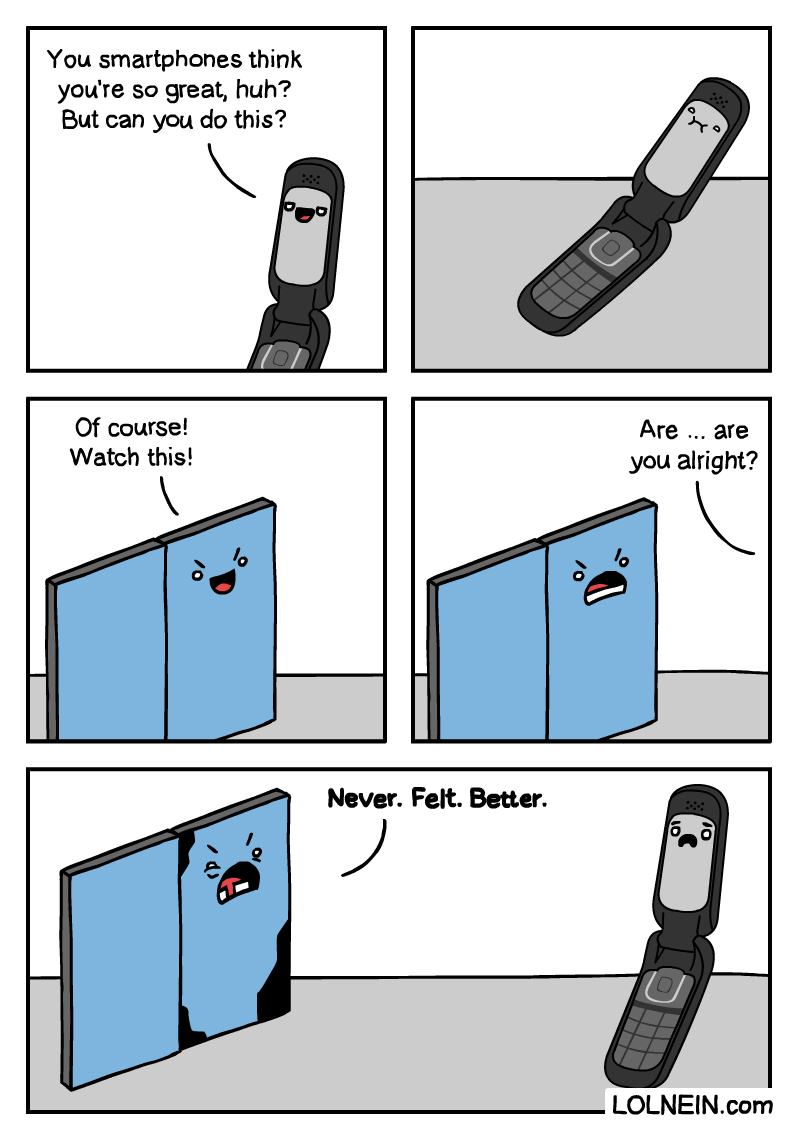The news that a beloved contractor from the popular show "Flip or Flop" passed away certainly touched many who follow the world of house renovation and real estate investment. It's a moment that, you know, makes us pause and think about the people behind the projects we see on screen. This event, in a way, brings a human element to the often fast-paced and seemingly glamorous world of house flipping, reminding us of the dedicated individuals who make these transformations happen.
For many viewers, these shows are more than just entertainment; they're a window into a business that some might dream of joining. When a key figure like a trusted contractor leaves us, it's a bit like losing a familiar face in a community you feel a part of. It also, perhaps, highlights the real-world aspects and the hard work that goes into every single property makeover.
This news, in fact, sparks conversations not just about the person themselves, but also about the broader implications for the house flipping industry. It makes us consider the teams involved, the risks, and the sheer effort required to turn a distressed property into a beautiful home. So, let's remember the person and also explore what their passing means for those interested in house flipping, from understanding market trends to choosing the right partners.
Table of Contents
- Who Was Frank Miller?
- The News of Frank Miller's Passing
- The Realities of House Flipping: Beyond the TV Screen
- Navigating the House Flipping World Safely
- People Also Ask About Flip or Flop Contractors
Who Was Frank Miller?
Frank Miller was, you know, a familiar face to anyone who watched "Flip or Flop." He was the kind of contractor you could count on, often seen working alongside Tarek El Moussa and Christina Hall, bringing their renovation visions to life. His presence on the show was, in a way, a constant, showing his dedication to his craft and his role in transforming homes.
He was, basically, a carpenter and general contractor who appeared in several episodes, helping with the demolition, construction, and finishing touches that are so vital to a successful flip. His work was a big part of what made the show so popular, demonstrating the real effort and skill that goes into these projects. He certainly made a mark on viewers, becoming a recognizable and trusted figure.
Personal Details and Bio Data of Frank Miller
| Detail | Information |
|---|---|
| Name | Frank Miller |
| Profession | Carpenter, General Contractor |
| Known For | Appearances on HGTV's "Flip or Flop" |
| Role on Show | Assisted with various renovation tasks, including demolition and construction. |
| Year of Passing | 2020 |
| Cause of Passing | Cancer |
The News of Frank Miller's Passing
The news of Frank Miller's passing came out in late 2020, and it was, you know, met with sadness by fans of "Flip or Flop" and those who worked with him. Tarek El Moussa himself shared the news, expressing his sorrow and respect for Frank, who had been battling cancer. It was a moment that truly showed the bond between the show's cast and crew.
His passing, in fact, reminded everyone that behind the TV cameras and the exciting reveals, there are real people putting in real work. Frank was, apparently, more than just a contractor; he was a friend and a valued member of the flipping team. This event, in some respects, put a spotlight on the human side of the business, where relationships and trust are very important.
The outpouring of condolences from viewers and colleagues alike was, arguably, a testament to the positive impact Frank had on those around him. It highlighted how even supporting roles on a popular show can create a lasting impression. His memory, in a way, lives on through the many homes he helped transform and the lessons he implicitly taught about dedication.
The Realities of House Flipping: Beyond the TV Screen
While "Flip or Flop" makes house flipping look exciting and often profitable, the reality, you know, involves a lot more than just picking pretty finishes. The passing of someone like Frank Miller reminds us that this business has its very real challenges and requires a solid team. If you're interested in flipping your first house, it's pretty important to look beyond the surface.
We've talked about how to maximize your house flipping success with our comprehensive house flipping checklist, which covers everything from research to closing. This is, basically, because every step needs careful thought. It's not just about finding a property; it's about understanding the market, the costs, and the people who will help you get the job done. That's why, in a way, a good plan is your best friend.
For instance, before proceeding, it's critical to thoroughly analyze the potential flip. You really need to consider the location, the property condition, market trends, and estimated renovation expenses. This kind of deep dive, in fact, helps you avoid nasty surprises down the road, making sure your project stays on track and profitable. It’s like solving a big puzzle, and some of us, like me, have an extraordinary hatred for puzzles, but you still have to do it.
The 70 Percent Rule and Smart Purchases
One of the first things you learn in house flipping, you know, is the 70% rule of thumb. This rule helps you figure out an estimated purchase price for a rehab property. You just enter the ARV (After Repair Value), the estimated repairs, and any extra profit you need. It's a really simple tool, but it's very powerful for making smart buying decisions.
This rule, in a way, helps you avoid overpaying for a property, which is a common pitfall for new flippers. If you pay too much upfront, it can be very hard to make a decent profit, no matter how good your renovations are. So, using a calculator to determine an estimated purchase price is, arguably, a must-do step for anyone serious about flipping.
For example, if a house is worth $300,000 after repairs and needs $50,000 in work, the 70% rule suggests you shouldn't pay more than $300,000 * 0.70 - $50,000 = $160,000. This calculation, you know, gives you a clear boundary. Start a new fix & flip calculator report to quickly and accurately estimate your potential cash flow, appreciation, and other key fix and flip metrics. It helps you keep your finances in check.
Managing Repairs and Unexpected Challenges
Even with the best plans, house flipping projects, you know, almost always hit a snag or two. Unexpected repairs are, apparently, just part of the game. This is where having a reliable contractor, someone like Frank Miller, becomes incredibly valuable. They can help you navigate those surprises and keep the project moving forward.
Sometimes, you might open up a wall and find hidden damage, or maybe the plumbing needs a complete overhaul instead of just a simple fix. These unexpected costs can, in a way, eat into your profits very quickly. That's why having a buffer in your budget and a team that can adapt is, basically, super important. You have to be ready for anything, really.
It's also about managing the timeline. Delays in repairs mean the property sits longer, costing you more in holding costs like taxes and utilities. So, a good contractor can help minimize these delays and keep your project on schedule. This is, you know, a big part of what makes a flip successful, getting it done right and on time.
The Importance of a Solid Checklist
To really maximize your house flipping success, having a comprehensive house flipping checklist is, basically, non-negotiable. From the initial research phase to the final closing, a good checklist helps you stay organized and ensures you don't miss any critical steps. It's like your roadmap for the entire project.
This checklist, you know, should cover everything: property sourcing, financial analysis, contractor vetting, material selection, renovation timelines, marketing, and closing procedures. It helps you keep track of all the moving parts, especially when you're dealing with multiple projects or a slow flip method. For example, I'll be primarily focusing on the slow flip method for a few months to see if the juice is worth the squeeze, but essentially, you look for distressed properties in or below $30k. A checklist is vital for this.
A well-thought-out checklist can also help you avoid common mistakes that can cost you time and money. It's a tool that, in a way, empowers you to manage your project more effectively, reducing stress and increasing your chances of a profitable outcome. It's just a simple thing, but it makes a huge difference, honestly.
Slow Flips Versus Fast Flips
When it comes to flipping, there are, you know, different approaches. Some people prefer the fast flip, where they buy, renovate quickly, and sell as soon as possible. Others, like me, might focus on the slow flip method. This involves, basically, looking for distressed properties in or below $30k, often holding them for a bit longer to capitalize on market appreciation or to do more extensive, phased renovations.
The slow flip, in a way, gives you more breathing room, especially if you're just starting out or if you have a full-time job. It can reduce the pressure of quick turnarounds and allow you to be more selective with your purchases and renovations. It's a strategy that, arguably, fits certain financial situations better, letting you grow into the business.
Whether you choose a fast or slow approach, the core principles remain the same: smart buying, efficient renovation, and effective selling. The choice, you know, really depends on your goals and resources. One of the things that I like is that some places focus mainly on wholesaling until you decide that you want to do something else. They evaluate your goals with you, which is very helpful.
Navigating the House Flipping World Safely
The news of Frank Miller's passing, you know, also serves as a poignant reminder of the human element in real estate. It's not just about numbers and properties; it's about people. This brings up the topic of safety and reliability in the house flipping world, which is, basically, very important for everyone involved.
When you're dealing with renovations, there are, you know, inherent risks, both for the workers and for your investment. Ensuring a safe working environment and partnering with trustworthy professionals is, apparently, paramount. It's a responsibility that every flipper should take seriously, not just for the sake of the project, but for the well-being of their team.
Thinking about safety and reliability should be a core part of your planning, just like you would use a calculator to determine an estimated purchase price. It’s about building a strong foundation, not just for the house, but for your entire operation. This approach, in fact, can help you avoid many headaches down the road.
Choosing Reliable Partners (Contractors)
Finding a good, reliable contractor is, arguably, one of the most important steps in any house flip. A skilled and trustworthy contractor, like Frank Miller was, can make or break your project. They are, you know, the backbone of your renovation efforts, bringing your vision to life and handling the hands-on work.
When looking for a contractor, it's really important to do your homework. Get references, check their past work, and make sure they are properly licensed and insured. A good contract that clearly outlines the scope of work, timeline, and payment schedule is also, basically, essential. This helps prevent misunderstandings and protects both parties.
You know, some people try to save money by going with the cheapest option, but this can often lead to bigger problems and more expenses in the long run. Investing in a reputable contractor is, in a way, an investment in the success and safety of your flip. It's a decision that, truly, pays off.
Risk Mitigation in Rehab Projects
Every rehab project, you know, comes with its own set of risks. From unexpected structural issues to market downturns, there are many things that can go wrong. The key is to identify these potential problems early and have a plan to deal with them. This is, basically, what risk mitigation is all about.
Thorough due diligence before buying a property is, apparently, your first line of defense. This includes a detailed inspection, checking for permits, and understanding the local market trends. For example, considering the location, property condition, market trends, and estimated renovation costs is, really, a must. It's like doing your homework before a big test.
Having contingency funds in your budget is also, you know, very smart. Most experts recommend setting aside 10-20% of your renovation budget for unexpected issues. This buffer can save you from financial distress when those inevitable surprises pop up. It’s about being prepared for what might come your way, which is a big part of successful flipping.
Learn more about house flipping strategies on our site. You can also link to this page for our fix & flip calculator to help with your estimates. This approach helps you make informed choices, which is, in fact, a very good thing for anyone getting into this business. It's all about making smart moves and building a reliable team, ensuring your projects run as smoothly as possible, honoring the hard work that people like Frank Miller put into every home.
People Also Ask About Flip or Flop Contractors
Here are some common questions people have about the contractors on "Flip or Flop," and some thoughts on them:
Who was the contractor who passed away from Flip or Flop?
The contractor who passed away from "Flip or Flop" was Frank Miller. He was a beloved carpenter and general contractor who appeared in several episodes of the show, helping Tarek and Christina with their renovation projects. His passing in 2020 was, you know, a sad moment for many fans and colleagues, as he was a familiar and trusted face on the program.
What happened to the Flip or Flop contractors?
While Frank Miller passed away in 2020 due to cancer, other contractors who appeared on "Flip or Flop" have, you know, continued their work in the real estate and construction industries. Many of them run their own businesses and are still active in renovating homes. The show featured various professionals over its run, each contributing their skills to the transformations.
Are the Flip or Flop renovations real?
Yes, the renovations on "Flip or Flop" are, basically, real. While the show condenses the process for television, the actual work of buying, renovating, and selling homes is, you know, genuinely performed. The contractors, like Frank Miller, do real work, and the challenges faced, such as unexpected repairs or budget issues, are also very real. The show, in a way, provides a glimpse into the actual process of house flipping, even with some editing for entertainment.
Detail Author:
- Name : Devan Weber
- Username : xbogisich
- Email : jaskolski.ottilie@vandervort.org
- Birthdate : 1972-08-15
- Address : 8018 Carmelo Drive Suite 874 Lake Jarenville, MD 94447-2152
- Phone : 1-351-362-9245
- Company : Kozey-Jakubowski
- Job : Art Teacher
- Bio : Cumque voluptatem voluptatem illum suscipit ad placeat. Delectus fuga omnis minus ea est sapiente. Optio autem omnis error voluptatem.
Socials
facebook:
- url : https://facebook.com/ayden1809
- username : ayden1809
- bio : Nostrum impedit quis fugit eaque rerum ea cum incidunt.
- followers : 1464
- following : 2973
linkedin:
- url : https://linkedin.com/in/swaniawskia
- username : swaniawskia
- bio : Odio saepe excepturi est ad.
- followers : 6327
- following : 1080


